The Six C’s of Color Casting
In the early days of my Facebook page Hipstamatic New England, I created a HIPSTACLASS designed to explore the uses of the Gel Family of Flashes (Laser lemon, Red Eye, and Cadet Blue).
It quickly morphed into something else, and became a recurring theme for HIPSTACLASSES on lenses and films as well: Color Casting
By Tom Choinski
'Color Casting' refers to the introduction of a color which affects the image as a whole. Historically, this meant environmental conditions or errors in their development process introduced an unwanted color element. But as with most Hipstamatic effects, the reproduction of these imperfections is the goal. Back when I wrote that HIPSTACLASS, I mentioned a photographer can aesthetically use color casting by following the 'Four C's'. As time has passed, I've expanded this list to six - Colorize, Capture, Compound, Compliment, Conflict, and Control.
Colorize refers to the most obvious effect, the introduction of a color where it did not previously exist. This is most useful in a In a neutral or bland environment, such as the tan of a desert or a grey stone building. An example would be to use the turquoise cast of Americana lens on a white snowy landscape to give it cooler appearance.
Capture refers to a color cast that enhances a similarly-colored subject or environment. For example, the blue cast of Cadet Blue flash can make a cloudless sky or a pair of denim jeans richer. The intense yellow cast of the Jimmy lens on a bowl of lemons can make them pop.
Compound refers to combining multiple filters of the same cast to intensify the effect. Examples of compounding combos include Kaimal Mark II / Red Eye / Alfred Infrared for an intense red; Tejas / Laser Lemon / Cano Cafenol for antique sepia effect; or Roboto Glitter / Berry Pop for a festive purple.
Complement combines multiple color palettes, typically of primary and secondary colors. For example, 'warm' colors of red/yellow/orange; or the 'cooler' combos of blue/purple or blue/green. These combinations can be either between multiple filters or the filter and subject. An obvious example would to combine the orange flares of Dylan film paired with the amber tones of Salvador 84; or to use the warm flares of the Chunky lens against a red or yellow subject. In a more subtle example, the John S lens favors cooler palettes; a green subject can be made more vibrant with the Cadet blue flash.
Conflict juxtaposes colors, creating an unexpected clash. Berry Pop flash, which provides a vibrant violet halo around an aqua bruise, interacts quite oddly with the warm earthtones of the Buckhorst lens. Like Complement, the conflict can be between opposing filter effects chosen or between the filter and subject.
The final 'C' is Control. Some filter's color casts are also accompanied by additional exposure effects that many users find unpleasing, relegating them to the back of the camera bag. The Susie lens has an unusual pink color cast; however it is also washed out and overexposed. Both the Jimmy and Kaimal Mark II lenses have a sharp focus users love and an overexposure they hate. These unwanted elements can be partially controlled. The Jolly Rainbo 2x flash used with the W40 film, for example, provide a compounded shading that neutralizes Suzie and gives Kaimal Mark II a richer quality. Other filters that can darken include DreamPop flash, Float and Cano Cafenol film, and the Wonder lens.
[button color="blue" link="http://www.facebook.com/pages/Hipstamatic-New-England/215153518534085"]Hipstamatic New England[/button] [button color="blue" link="http://www.facebook.com/tomchoinski"]Tom Choinski[/button]
This post is also available in: French



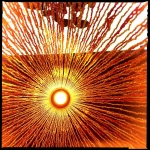
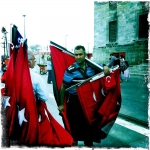
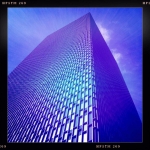


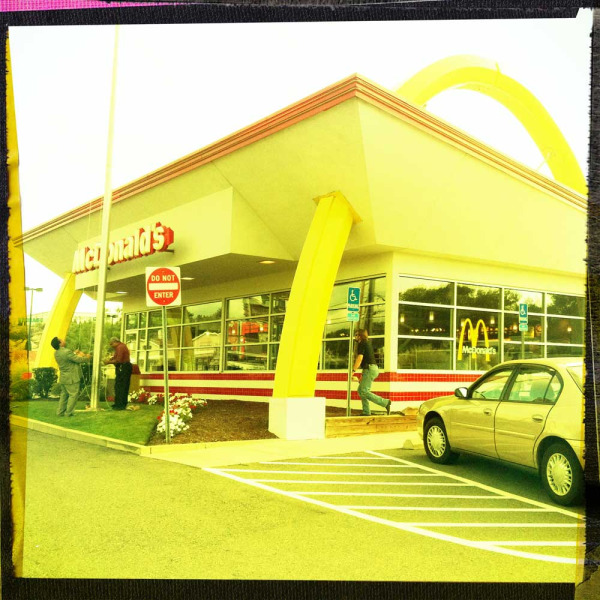
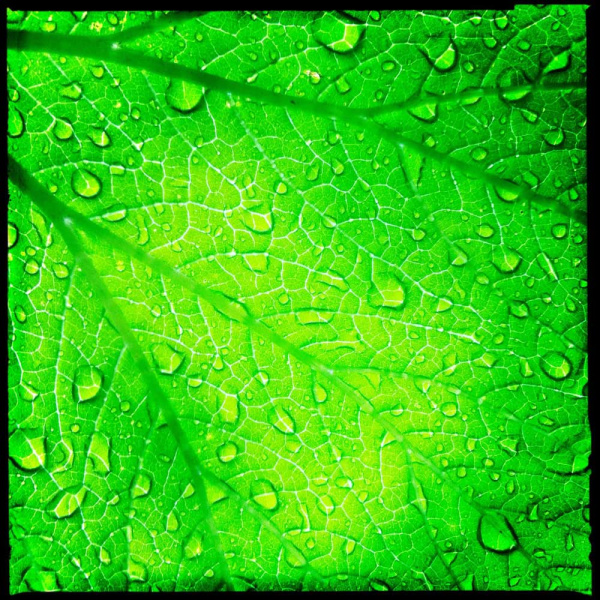

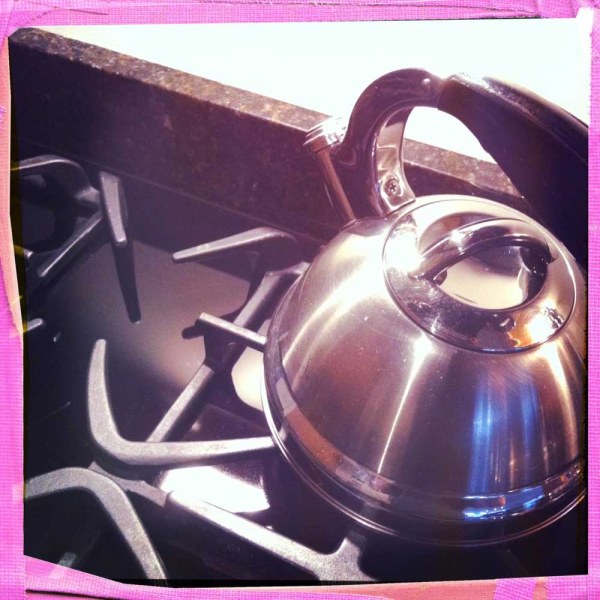

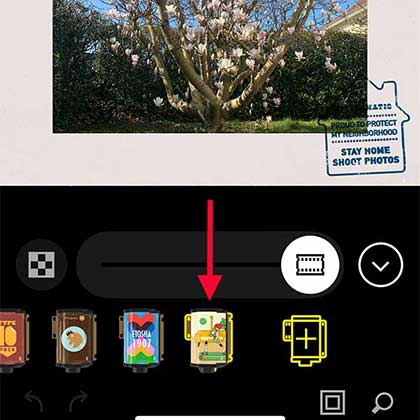

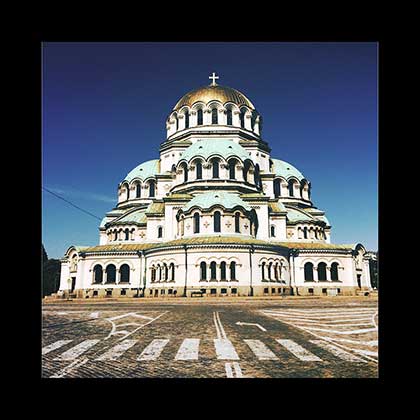
3 Comments